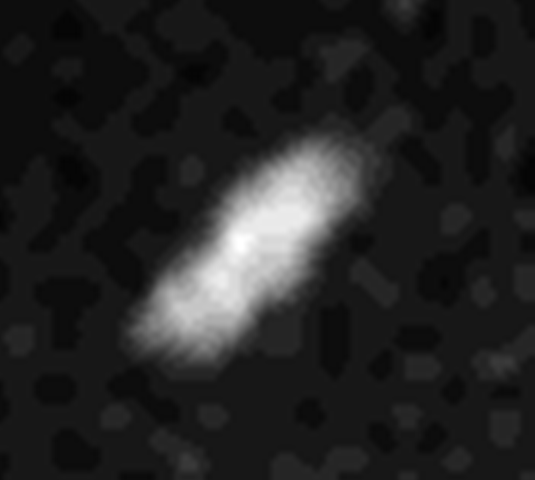Ok, can we just talk for a second about how this lil moon of Neptune& #39;s bounces up and down like a carousel horse to avoid collisions with the moon Thalassa?
Orbital dynamics are FASCINATING.
Let& #39;s break down what& #39;s happening here. (1/n)
 https://abs.twimg.com/emoji/v2/... draggable="false" alt="📷" title="Camera" aria-label="Emoji: Camera">: @NASA / @NASAJPL
https://abs.twimg.com/emoji/v2/... draggable="false" alt="📷" title="Camera" aria-label="Emoji: Camera">: @NASA / @NASAJPL
Orbital dynamics are FASCINATING.
Let& #39;s break down what& #39;s happening here. (1/n)
Naiad is the innermost moon of Neptune, discovered in 1989 in Voyager 2 images. It& #39;s irregularly shaped & is teeny-tiny, at less than 100km at its longest.
Naiad orbits Neptune in just *7 hours!*
(This image is a perfect example of why we need an outer solar system mission)
Naiad orbits Neptune in just *7 hours!*
(This image is a perfect example of why we need an outer solar system mission)
Thalassas is the next innermost moon & orbits Neptune in 7.5 hours. Its orbital radius is only 1850km larger than Naiad& #39;s, which is a tiny difference on solar system scales!
If all other things were equal, the two moons would get uncomfortably close.
Enter orbital resonance!
If all other things were equal, the two moons would get uncomfortably close.
Enter orbital resonance!
Resonances happen when the period ratios of two objects are integers. They either stabilize the orbit (like with Pluto and Neptune) or destabilize the orbit (like with Jupiter and some families of asteroids).
Naiad orbits 73 times for every 69 of Thalassas& #39;.
Naiad orbits 73 times for every 69 of Thalassas& #39;.

 Read on Twitter
Read on Twitter


